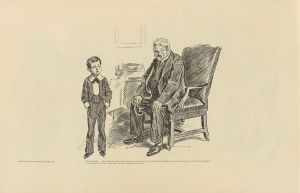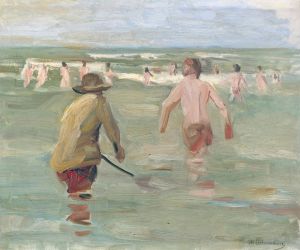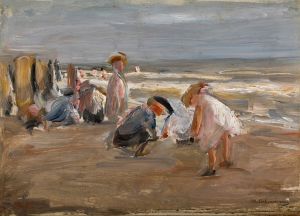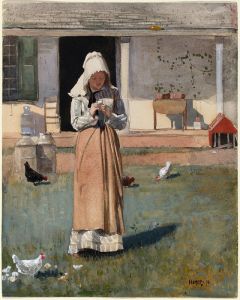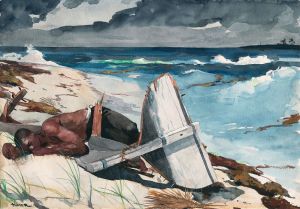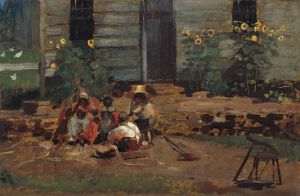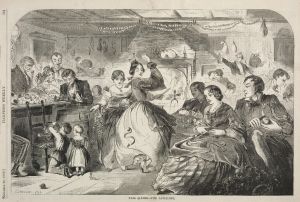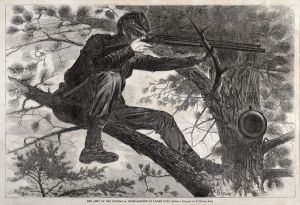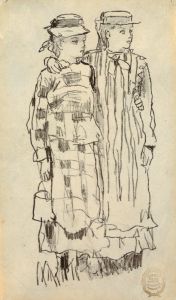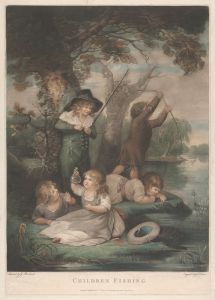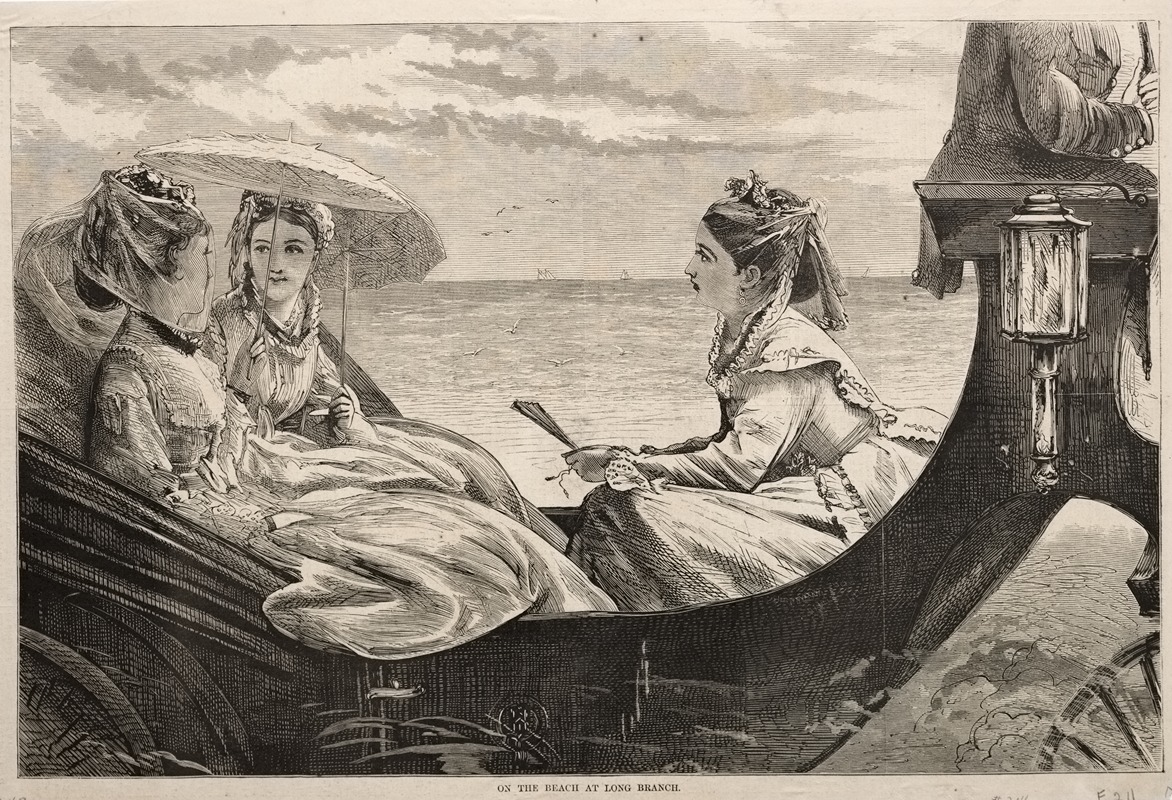
On the Beach at Long Branch
A hand-painted replica of Winslow Homer’s masterpiece On the Beach at Long Branch, meticulously crafted by professional artists to capture the true essence of the original. Each piece is created with museum-quality canvas and rare mineral pigments, carefully painted by experienced artists with delicate brushstrokes and rich, layered colors to perfectly recreate the texture of the original artwork. Unlike machine-printed reproductions, this hand-painted version brings the painting to life, infused with the artist’s emotions and skill in every stroke. Whether for personal collection or home decoration, it instantly elevates the artistic atmosphere of any space.
"On the Beach at Long Branch" is a painting by the American artist Winslow Homer, created in 1869. Homer is renowned for his depictions of American life and landscapes, and this particular work exemplifies his early style, which often focused on scenes of leisure and recreation.
The painting captures a scene on the beach at Long Branch, New Jersey, a popular seaside resort during the 19th century. Long Branch was one of the first resort towns in the United States, attracting visitors from nearby cities like New York and Philadelphia. It was known for its grand hotels and vibrant social scene, making it a fashionable destination for the affluent.
In "On the Beach at Long Branch," Homer presents a tranquil beach scene, featuring several figures dressed in the typical attire of the period. The composition includes women in long dresses and bonnets, and men in suits and hats, reflecting the Victorian-era fashion. The figures are depicted engaging in leisurely activities, such as strolling along the shore and enjoying the seaside atmosphere.
Homer's use of color and light in this painting is notable. He employs a palette of soft, muted tones to convey the serene and relaxed mood of the scene. The sky is depicted in gentle blues and whites, while the sand and sea are rendered in harmonious shades that complement the figures' attire. This careful attention to color and light is characteristic of Homer's work and contributes to the overall sense of calm and leisure.
The painting is also significant for its composition and perspective. Homer places the viewer at eye level with the figures, creating an intimate and immersive experience. The horizon line is positioned relatively high, allowing the viewer to focus on the interactions and activities of the people on the beach. This compositional choice highlights Homer's interest in capturing the nuances of human behavior and social interaction.
"On the Beach at Long Branch" reflects the cultural and social dynamics of its time. The painting offers insight into the leisure activities of the American middle and upper classes during the post-Civil War era, a period marked by economic growth and increased leisure time for many Americans. It also illustrates the popularity of seaside resorts as places of relaxation and socialization.
Winslow Homer began his career as a commercial illustrator before transitioning to painting, and his early works often depict scenes of everyday life. "On the Beach at Long Branch" is an example of his ability to capture the essence of a moment, combining keen observation with artistic skill. This painting, like many of Homer's works, provides a window into the past, offering viewers a glimpse of the social customs and leisurely pursuits of 19th-century America.
Today, "On the Beach at Long Branch" is appreciated for its historical and artistic value. It is part of the collection at the Museum of Fine Arts, Boston, where it continues to be studied and admired by art enthusiasts and historians alike. The painting remains a testament to Winslow Homer's talent and his contribution to American art, capturing the spirit of an era with grace and precision.








